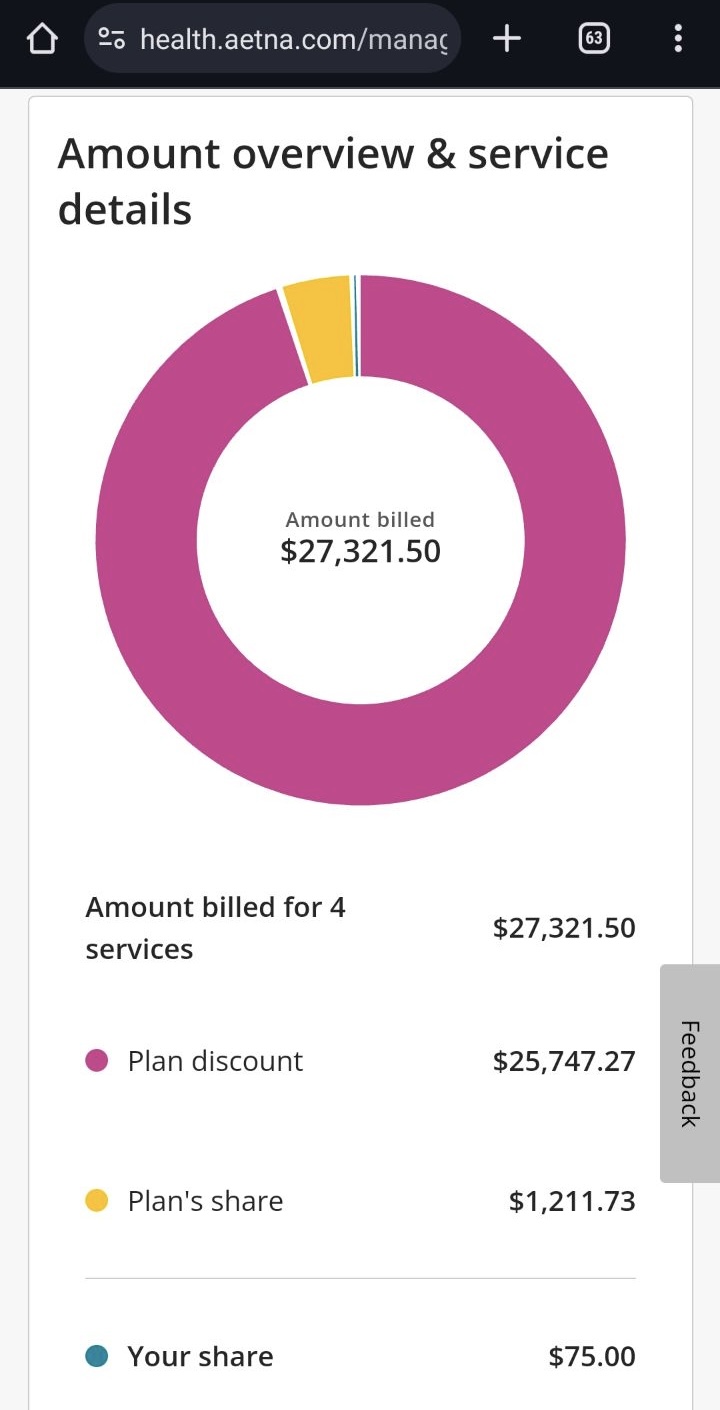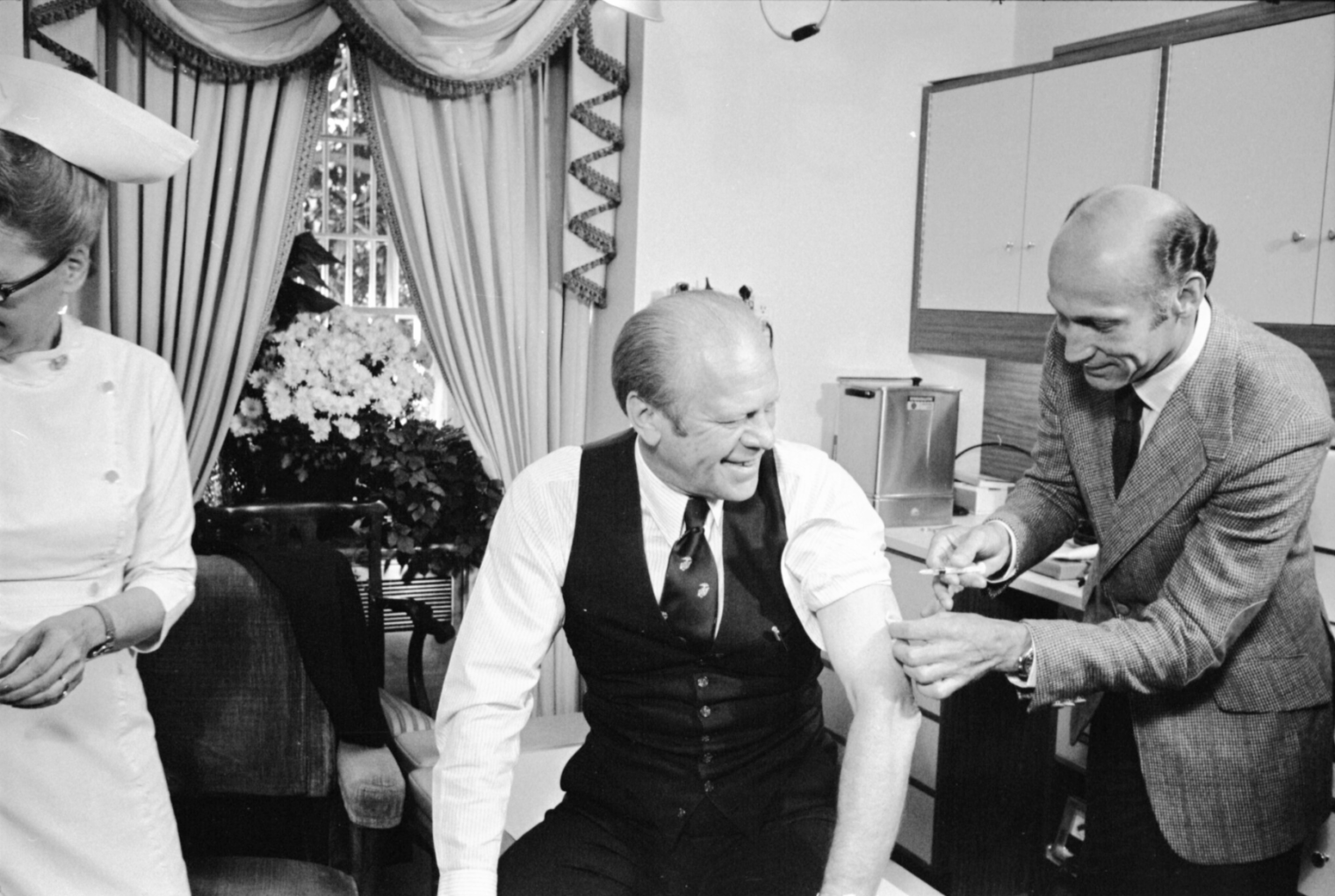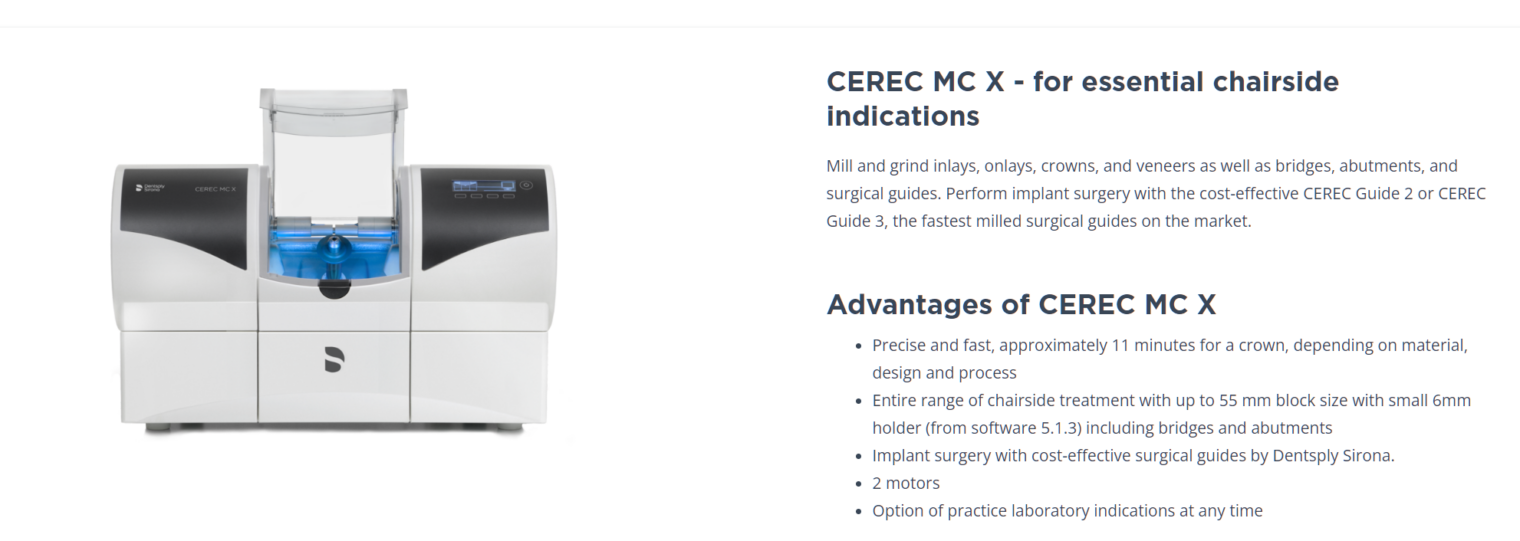Bad Pharma, 2024 edition
Ten years ago… Book review: Bad Pharma:
Drugs are tested by the people who manufacture them, in poorly designed trials, on hopelessly small numbers of weird, unrepresentative patients, and analysed using techniques which are flawed by design, in such a way that they exaggerate the benefits of treatments. Unsurprisingly, these trials tend to produce results that favour the manufacturer. When trials throw up results that companies don’t like, they are perfectly entitled to hide them from doctors and patients, so we only ever see a distorted picture of any drug’s true effects. Regulators see most of the trial data, but only from early on in a drug’s life, and even then they don’t give this data to doctors or patients, or even to other parts of government. This distorted evidence is then communicated and applied in a distorted fashion. In their forty years of practice after leaving medical school, doctors hear about what works through ad hoc oral traditions, from sales reps, colleagues or journals. But those colleagues can be in the pay of drug companies – often undisclosed – and the journals are too. And so are the patient groups. And finally, academic papers, which everyone thinks of as objective, are often covertly planned and written by people who work directly for the companies, without disclosure. Sometimes whole academic journals are even owned outright by one drug company. Aside from all this, for several of the most important and enduring problems in medicine, we have no idea what the best treatment is, because it’s not in anyone’s financial interest to conduct any trials at all.
The book notes that the British government refuses to pay more for a new drug than the value added by that drug in terms of quality adjusted life years compared to cheap generics or other existing treatments. In the U.S., by contrast, the government and private insurers pay whatever the pharma company asks or, perhaps, a discount off whatever the pharma company asks.
Our ruling elites (I hesitate to say “the Biden administration” because it is unclear what role Joe Biden has been playing) have been touting a recent scheme to pay a little less for some drugs. This scheme is analyzed by Professor Vinay Prasad in “Price negotiation does not save money when keep you paying for drugs that don’t work”:
The Biden Administration saves 6 billion and then loses tens of billions with bad drug policy
They lowered the price of a drug that has no good evidence it is better than older drugs. Consider Entresto (above). Entresto— sacubitril valsartan 160mg BID— beat enalapril 10 mg BID in PARADIGM. Since then it failed in post MI and in HFpEF. It’s one the few drugs that ‘works’ in HFrEF but not post-MI. The dose tested in Paradigm was the MAXIMAL Entresto dose with a dizzying dose of ARB. But few people get this dose in real life. There is NO EVIDENCE that the prescribed doses in the US in 2024 (lower than maximal dose) are better than ace-s, which are dirt cheap.
You can lower the price of drugs, but you lose when you spend billions on covid drugs that have no evidence of efficacy. In recent years the Biden administration approved COVID boosters for toddlers, and spent 10 billion on Paxlovid. There is no evidence either of these interventions work in the current climate. So congrats on your 6 billion in savings, too bad we blew 10 billion on unproven products. (Net impact -4 billion dollars)
For every drug you negotiate prices on, the FDA is approving at least 5x as many new drugs based on poor evidence.
Summary: some things never change!
(The relative cost efficiency of the British health care system combined with the descent into Third World status for Britain is kind of confusing. The U.S. plainly wastes at least 10 percent of GDP via health care (closer to 15 percent if we compare to Singapore). How is it that we’re still so much more prosperous than the UK and most European nations?)
Full post, including comments






